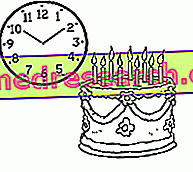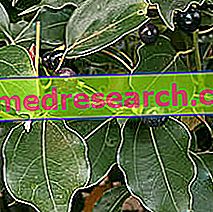
Purified essential oils
The natural and total essential oil is almost always more active than its main constituent and, moreover, it is able to act on the organism with a more global and balanced biological action. It is therefore to this that the aromatherapist must appeal, carefully avoiding any other type of essential oil offered by the market.

Terpene hydrocarbons are also often eliminated. These unsaturated compounds are skin irritants, are easily oxidized in correspondence with double bonds, and undergo polymerization processes (resinification) which substantially modify the properties, the perfume and the solubility in the essential oil alcohol. The deterpenation consists in separating the monoterpenic hydrocarbons, not very soluble in water and skin irritants, from the sesquiterpene constituents and from the oxygenated compounds (phenols, alcohols, aldehydes, ketones, etc.). In this way we arrive at a deterpenated essential oil which sees its bactericidal power activated following an increased concentration of the fraction of oxygenated compounds. The deterpenated essential oils are more stable, more soluble in water and alcohol, and of low titre (even 70 ° and 60 °), while they have no irritating power for the respiratory tract, eyes and mucous membranes in general . On the other hand they are preserved with less ease.
Essential oils activated
Sometimes it may be useful to resort to some techniques (peroxidation) which, although leading to a more or less profound modification in the original constitution of the essential oil, enhance its bactericidal activity with obvious therapeutic advantages.
The peroxidation consists in causing ozone, or ozonated air, to act under certain conditions of temperature, pressure and subdivision of the essence, so as to determine the formation of peroxides in a percentage directly proportional to the time and intensity of the peroxidant action.
In an ozonized environment, the double bonds of the terpenic compounds add oxygen to form peroxides, a class of compounds with bactericidal action because they are capable of releasing oxygen in the nascent state when in contact with the germs, which is also able to oxidize those substrates of the living protoplasm that atmospheric molecular oxygen does not attack. The peroxidized essential oils have a surface tension far superior to that of natural essences and this increases their percutaneous penetration.
However the essential oils of which the antibacterial action has been increased with peroxidic activation have a greater coefficient of skin irritation, a fact which makes it essential to emulsify them with suitable vehicles.



